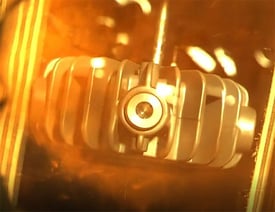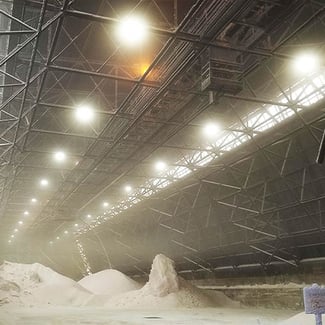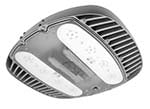The terms Explosion Proof and Hazardous Location are not the same. These area designations mandate different approaches.
Explosion Proof Designated Areas
Explosion Proof Lights are typically Class I, Division 1 rated. They must prevent high voltage and amperage components from becoming an ignition source. A heavy enclosure surrounds the spark producing components. If vapors or gas leak in and ignite, the mechanism impedes hot gases from passing through. Yet, allows the flow of cold gases through joints.
Hazardous Location Designated Areas
In North America, hazardous locations are a combination of classes, divisions and zones.
Class & Divisions System (Canada & US Only):
Class I, Division 1 - Where ignitable concentrations of flammable gases, vapours or liquids can exist all of the time or some of the time under normal operating conditions.
Class I, Division 2 - Where ignitable concentrations of flammable gases, vapours or liquids are not likely to exist under normal operating conditions.
Class I Groups - A- Acetylene, B - Hydrogen, C - Ethylene, D - Propane
Class II, Division 1 - Where ignitable concentrations of combustible dusts can exist all of the time or some of the time under normal operating conditions.
Class II, Division 2 - Where ignitable concentrations of combustible dusts are not likely to exist under normal operating conditions.
Class II Groups - E - Metal Dust, F- Coal Dust, G - Grain Dust
Class III, Division 1 - Where ignitable concentrations of ignitable fibers and flyings can exist all of the time or some of the time under normal operating conditions.
Class III, Division 2 - Where ignitable concentrations of ignitable fibers and flyings are not likely to exist under normal operating conditions.
Zones Systems (IECEx/Canada & US)
Hazardous areas are classified into Zones based upon the frequency of the occurrence and duration of an explosive gas/dust atmosphere, as follows:
Zone 0, 20 - A potentially flammable atmosphere is present continuously or for long periods or frequently.
Zone 1, 21 - A potentially flammable atmosphere is likely to occur in normal operation occasionally.
Zone 2, 22 - A potentially flammable atmosphere is not likely to occur in normal operation but, if it does occur, will persist for a short period only.
Presented information is sourced from CSA Group Publication. CSA Group is a global organization dedicated to safety, social good and sustainability.


